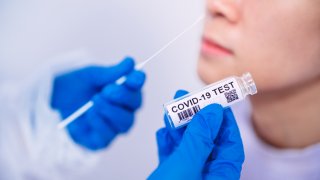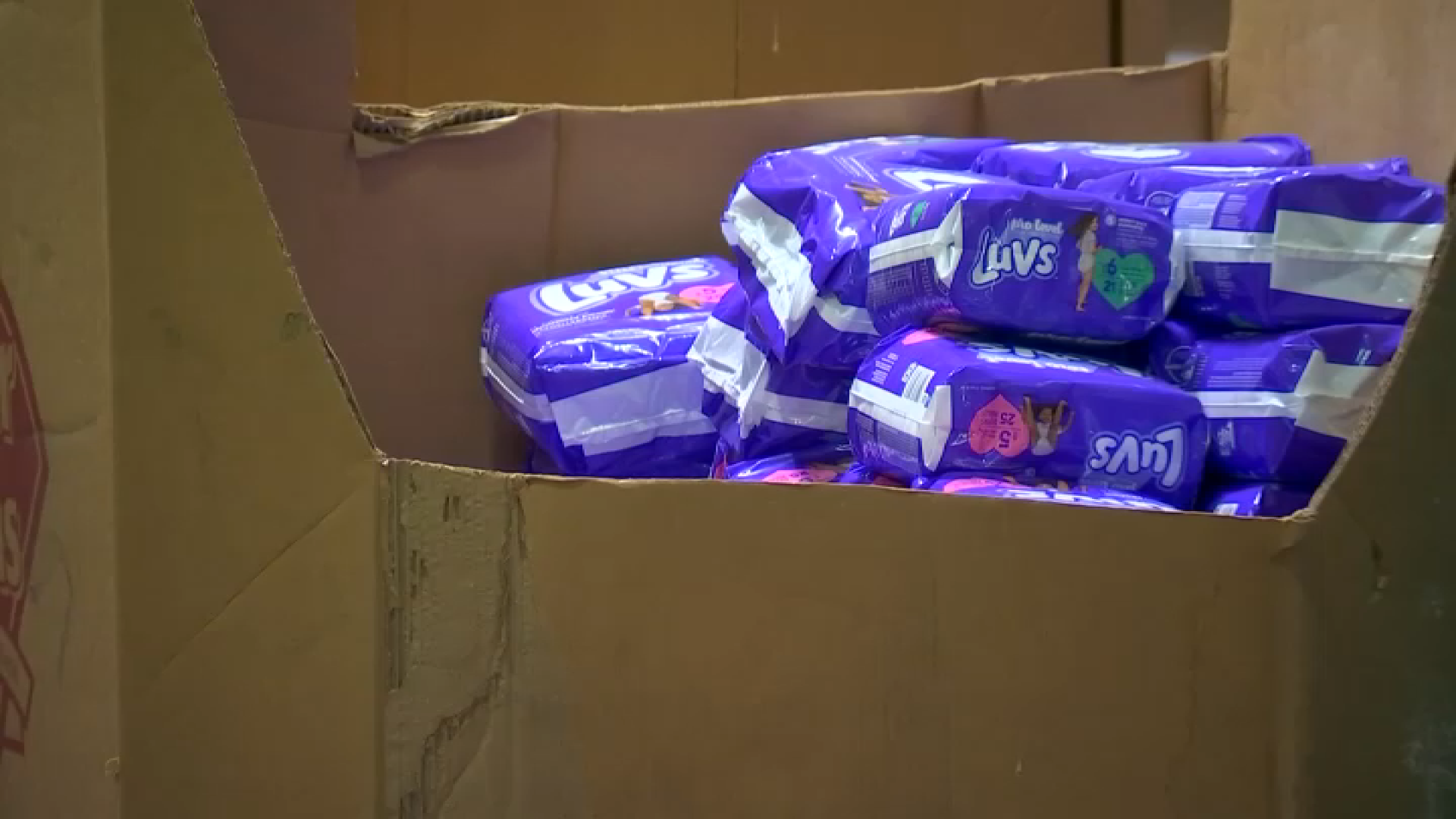
A Southern California county will provide up to half a million mail-in test kits to residents before the end of the year in the hopes that more testing can help beat back the coronavirus.
Orange County on Monday began offering the free test kits to residents of its two largest cities, Anaheim and Santa Ana, which have struggled to drive down stubbornly high infection rates in working-class Latino neighborhoods.
Health officials hope to make the kits available to all of the county's 3 million residents by next month in what could amount to a massive boost in testing. By letting residents perform saliva swabs at home and return them to local test company Ambry Genetics using a prepaid shipping label, officials hope more people will get tested for the virus. They noted that the county's two large-scale testing sites have been running below capacity.
“You still hear people asking to get tested. The demand is there,” said Dr. Margaret Bredehoft, deputy director of public health services at Orange County's health care agency. “We weren't capturing them.”
Mail-in virus testing has been used in other states including Washington and Minnesota, as well as overseas. It doesn't appear other counties in California are offering the free mail-in option.
The Orange County push, funded with federal coronavirus relief money, comes as California grapples with a virus surge that has pushed the seven-day case average above 10,000, a 56% increase from a week earlier. With hospitalizations also rising, Gov. Gavin Newsom ordered many businesses to move operations outdoors, set a nighttime curfew in much of the state and urged residents not to gather in large groups for Thanksgiving.
It also comes as counties are growing weary of the restrictions on businesses, which are taking a toll on owners and workers. Nearby San Bernardino County is considering suing to wrest some control over the pandemic response from the Democratic governor, while Orange County's Republican-dominated supervisors have often called for more businesses to be allowed to open, including theme parks — most notably, Disneyland.
California
Ramping up testing can help health officials track and trace positive virus cases to stop transmission. Identifying more negative results can also help a county improve its metrics under the state's color-coded tier system for reopening businesses, said Mike Lyster, a spokesman for the city of Anaheim.
“It's just easier for all of us if we're able to do it in the comfort of our own home,” Lyster said. “We know there's benefits to testing more. The first one starts with you're identifying cases and stopping spread. The second one is someone tests negative and it helps your positivity rate.”
In Orange County, residents will be able to request a kit online and have it sent to their homes. After spitting in a tube and mailing it back, it should take about a day to arrive at the lab, and another one to three days to get results, officials said.
The county will initially provide the kits at community clinics in Santa Ana and Anaheim. Virus cases have jumped in the two cities that are home to many working-class families with jobs that can't be done from home.
While Orange County is reporting 10.8 new virus cases per 100,000 residents in a seven-day period, the Anaheim ZIP code that includes Disneyland is reporting a rate of 19.6 cases.
In Santa Ana, the rate also has been in the teens. Councilman Vicente Sarmiento said any increase in testing is welcome, especially for residents who work long hours and may not be able to make it to a test site.
“More testing is generally better,” he said. “Some people’s work schedules really do interfere with the times that the mobile testing sites are operating.”
Andrew Noymer, professor of public health at the University of California, Irvine, said making accurate testing more readily available is a good thing. But he questioned how many people would actually turn in test kits and said he doesn't see it as a cure-all, especially because many people contract the virus at jobs they can't afford to skip.
“The structural problems that explain why we have so many cases in Anaheim and Santa Ana have to do with the lack of paid sick leave and exposure patterns of people who work as grocery store checkout people, etc., and this solves none of that,” Noymer said. “It's not going to stop the epidemic in its tracks.”
___
Associated Press reporter Daisy Nguyen in San Francisco contributed.



